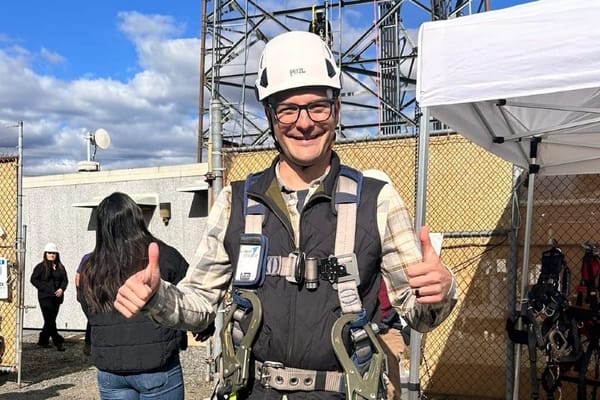Lower Deployment Costs Could Incent More Fiber Installs, Consultants Say
Consultancy says fiber deployment costs are going down, which could mean more pure fiber plays.

June 2, 2021—Fiber internet service is no longer as expensive for internet service providers to deliver, and ISPs may soon transition to a more fiber-centric model, according to principals Jack Burton and David Strauss of Broadband Success Partners.
The difficulty associated with installing fiber-based internet has long made it a costly enterprise for service providers to offer. Service providers have relied on older coaxial and hybrid options to meet the demand for internet. Hybrid options, used by cable companies, include a fiber connection to a node outside of a residency, and then a coaxial cable running to the premises.
But an increased demand for gigabit internet, alongside recent decreases in the costs associated with deploying fiber have made it a more viable option for service providers to consider offering, according to the consultancy.
According to Burton and Strauss, coaxial and hybrid coaxial-fiber configurations have traditionally been used to meet market demand because, while they are slower than fiber internet, there hasn’t been enough market demand for the faster internet connections to prod service providers to invest heavily in fiber.
Lower fiber costs could mean pure fiber plays
But Burton and Strauss believe that in today’s setting, with new developments in fiber technology that have minimized its deployment cost, as well as made it more durable and reliable, ISPs will soon turn to a purely fiber model in order to meet the growing demand for faster speeds.
Burton and Strauss believe that switching to fiber, in fact, could actually save internet providers money in the long run. They say that fiber-based internet involves very little maintenance, as opposed to coaxial and hybrid makeups that can require large expenditures to maintain the cables.
While the initial transition to fiber can still be a costly one, “once installed, a fiber network requires no power, no routine maintenance, no signal leakage measurement…and has no metallic connectors to fail or corrode,” Burton says. “There’s a 10-to-1 difference in operating costs.”
The biggest barrier ISPs would need to consider when making the decision to switch to fiber is the demand they would be meeting in their respective markets. While demand for gigabit internet is still low in rural America, there is a clear and growing demand for it in urban and sub-urban communities.
Fiber for the future
Last month, counsel to the Electronic Frontier Foundation said on a Fiber for Breakfast webcast that fiber is increasingly becoming the only means for keeping up with demand for high-speed broadband.
Earlier this year, AT&T announced that it was bringing fiber to an additional three million new locations across more than 90 metro areas. A Senate Republican bill, announced in March, would plow $20 billion for broadband infrastructure utilizing fiber and 5G. Both parties are currently in discussions about plowing $65 billion toward broadband infrastructure.
But there have been concerns about the slowdown of fiber infrastructure due to material and labor shortages.






